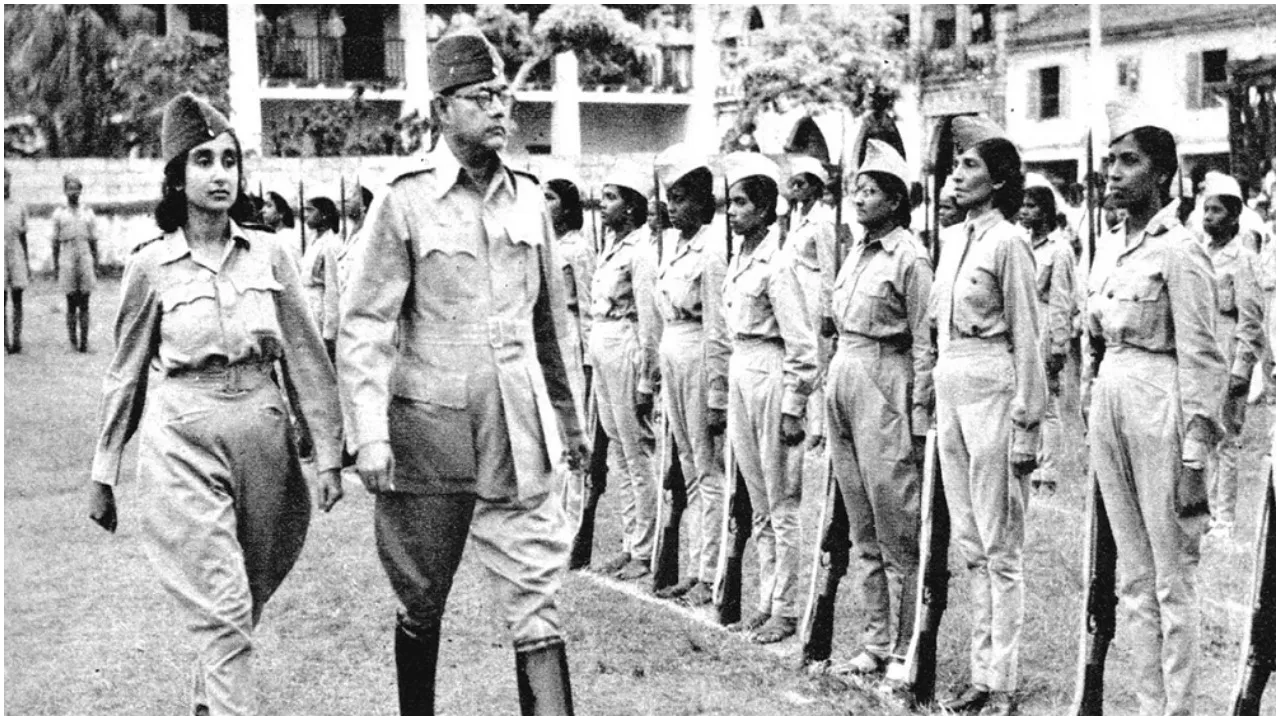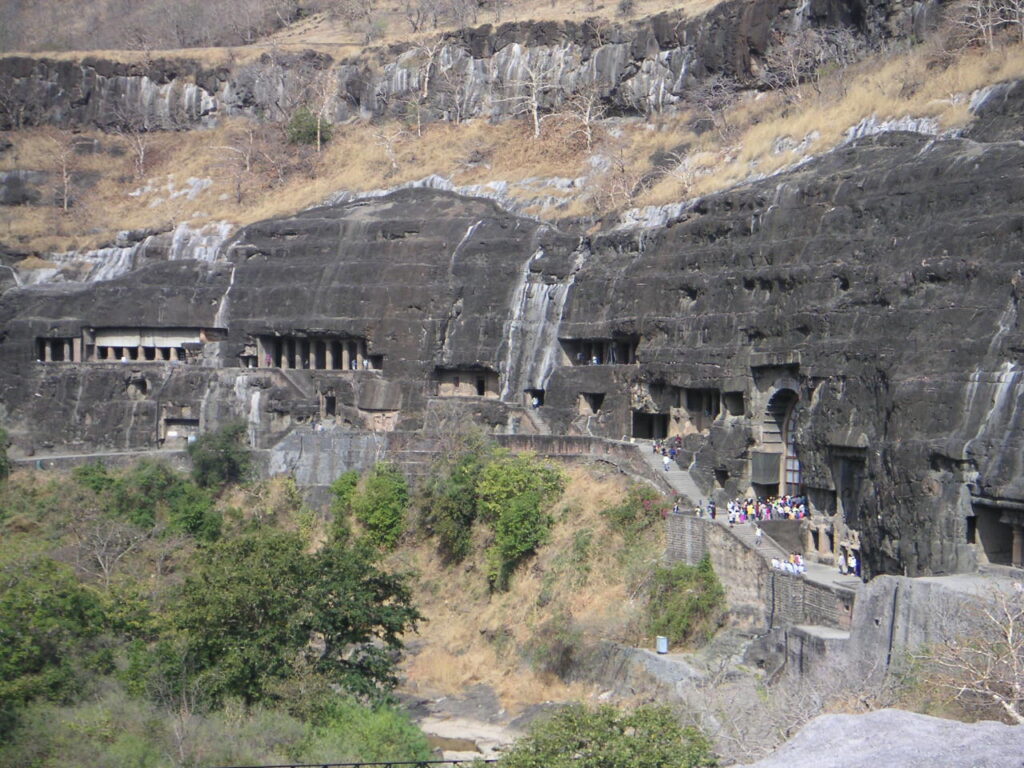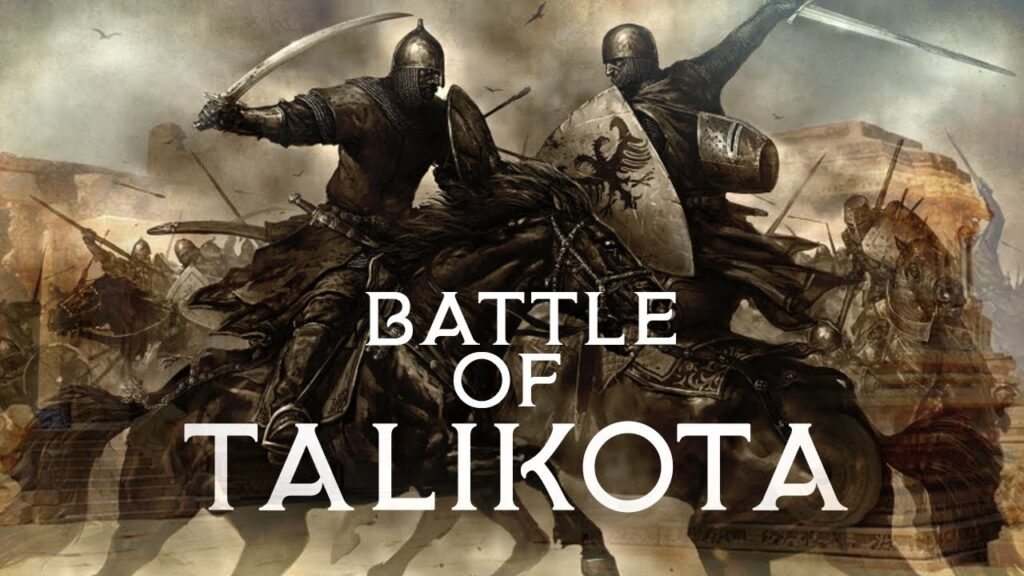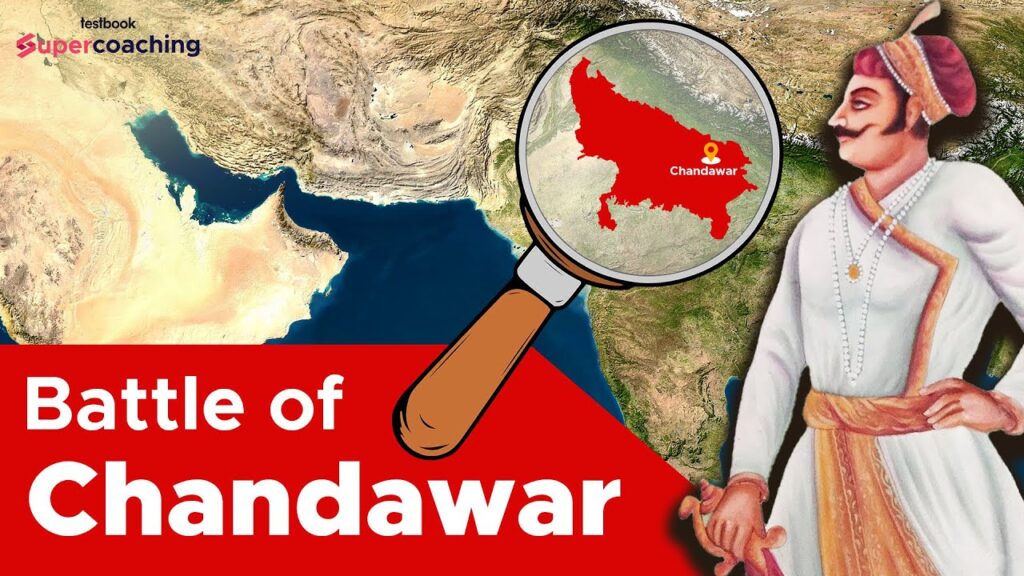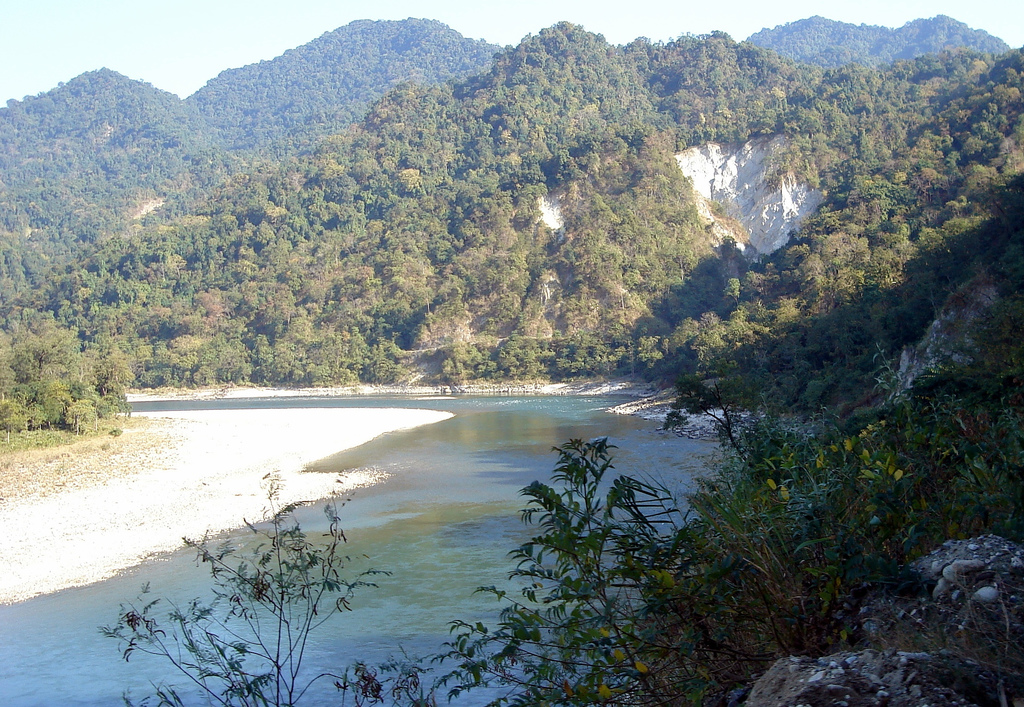The year 1943 marks a significant chapter in the struggle for India’s independence from British rule with the formation of the Indian National Army (INA). This pivotal moment in history saw the emergence of a force led by Subhas Chandra Bose, aiming to liberate India from colonial oppression. The INA not only altered the dynamics of the Indian freedom movement but also left an indelible mark on the collective consciousness of the Indian populace. To comprehend the magnitude of the INA’s formation, it’s imperative to delve into the historical context, the leadership of Subhas Chandra Bose, the composition of the INA, its military campaigns, and its enduring legacy.
In the early 1940s, India was in the throes of a tumultuous struggle for independence against British colonial rule. The Indian National Congress (INC) led by Mahatma Gandhi and other leaders advocated non-violent civil disobedience as the means to achieve freedom. However, disillusionment grew among some sections of Indian society, especially after the failure of the Cripps Mission in 1942, which did not meet the aspirations of Indian nationalists for immediate self-government.
It was against this backdrop of dissatisfaction and unrest that Subhas Chandra Bose, a prominent leader within the Indian National Congress, emerged as a key figure. Bose, often referred to as Netaji (Respected Leader), had a vision of achieving independence through more assertive means. Disagreeing with the Congress leadership’s approach, he sought assistance from other quarters, including Axis powers Germany and Japan, who were engaged in World War II.
Bose’s journey to forming the INA was fraught with challenges. Escaping house arrest in India in 1941, he made his way through Afghanistan and Russia, eventually reaching Germany in 1941. In Germany, he met with Adolf Hitler seeking support for India’s independence struggle. While Bose found some support, particularly from the German Foreign Office and the Nazi leadership, his association with authoritarian regimes has been a subject of historical debate and controversy.
Despite the moral ambiguity of seeking assistance from Axis powers, Bose’s determination to free India from British rule remained unwavering. In 1943, with Japanese support, he established the Indian National Army in Southeast Asia. The INA’s formation was not merely a military maneuver but a symbolic assertion of India’s right to self-determination.
The composition of the INA was diverse, reflecting the pluralistic nature of Indian society. It comprised not only soldiers from the British Indian Army who had been captured by the Japanese but also Indian expatriates living in Southeast Asia and volunteers from various ethnic and religious backgrounds. This inclusivity underscored Bose’s vision of a united India free from colonial shackles.
The INA’s military campaigns in Southeast Asia during World War II remain a testament to its fighting spirit and determination. Despite facing formidable odds and limited resources, the INA, under Bose’s leadership, launched offensives against British forces in Burma (now Myanmar) as part of the Japanese military campaign in the region. The INA’s slogan “Chalo Delhi” (Onward to Delhi) epitomized its goal of marching into the Indian heartland to overthrow British rule.
The INA’s military endeavors culminated in the Battle of Imphal and Kohima in 1944, where it clashed with British and Allied forces. While the INA’s military capabilities were commendable, it ultimately faced defeat in these battles due to logistical challenges, lack of air support, and the superior firepower of the British army. Despite this setback, the INA’s valiant efforts left an indelible mark on India’s struggle for independence.
The INA’s impact extended beyond the battlefield, sparking a wave of patriotism and fervor among Indians both in the subcontinent and abroad. Bose’s charismatic leadership and the INA’s slogan of “Jai Hind” (Victory to India) resonated deeply with the Indian populace, instilling a renewed sense of pride and determination.
However, the INA’s legacy transcends its military campaigns and wartime activities. Its formation and actions played a pivotal role in hastening India’s independence from British rule. The INA’s exploits highlighted the inherent contradictions of colonialism and bolstered the Indian freedom movement on the international stage.
Moreover, the INA’s significance lies in its role as a precursor to the end of British colonial rule in India. The trials of INA personnel, notably the Red Fort Trials in 1945, where captured INA soldiers were tried for treason by the British authorities, galvanized public opinion against colonial rule. The INA’s cause garnered widespread support, leading to mass protests and demonstrations demanding the release of INA prisoners and India’s independence.
The INA’s impact on the course of Indian history cannot be overstated. It paved the way for India’s eventual independence in 1947 and served as a catalyst for the disintegration of the British Empire. The sacrifices made by INA soldiers and their unwavering commitment to the cause of freedom continue to inspire generations of Indians.
In conclusion, the formation of the Indian National Army in 1943 under the leadership of Subhas Chandra Bose was a watershed moment in India’s struggle for independence. It represented a departure from the non-violent resistance advocated by the Indian National Congress and underscored the readiness of Indians to take up arms against colonial oppression. The INA’s legacy endures as a symbol of courage, sacrifice, and the indomitable spirit of India’s quest for freedom.

